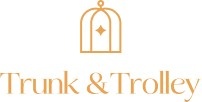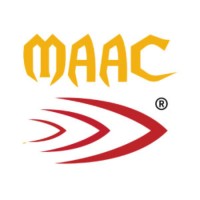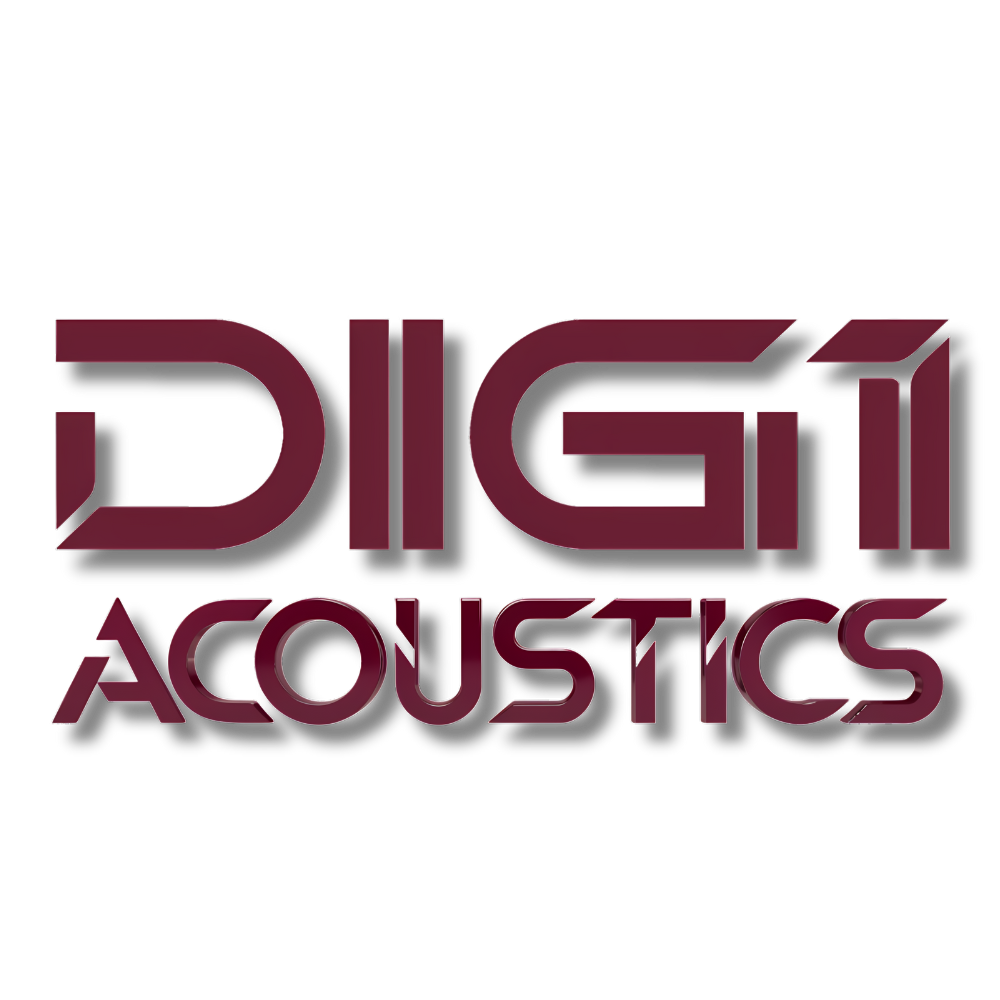clinical evaluation requirements for ce marking
Description
Clinical Evaluation Requirements for CE Marking: What Medical Device Manufacturers Need to Know
Have you ever wondered how medical devices gain approval for use in global markets? How do manufacturers ensure their products meet stringent European standards?
CE Marking is a vital certification process for devices entering the European market, and clinical evaluation plays a central role in demonstrating safety and performance. Understanding the process is essential for manufacturers to avoid delays, regulatory challenges, and market access issues.
Building a Foundation: Understanding Clinical Evaluation
Clinical evaluation is a detailed process that assesses the safety and effectiveness of a device. Manufacturers often turn to experts in medical devices regulatory consulting to ensure they meet compliance requirements effectively.
The evaluation begins with a comprehensive review of scientific literature, clinical studies, and performance data. This evidence is used to verify that the device achieves its intended purpose without posing risks to users. Proper documentation and transparency are critical to building a strong foundation for the CE Marking process.
Key Components of the Clinical Evaluation Process
What are the essential steps in a clinical evaluation? The process typically involves gathering, analyzing, and documenting relevant data. This ensures the device meets the requirements outlined in EU regulations.
- Literature Review: Manufacturers must assess existing clinical data for similar products to demonstrate their device’s compliance.
- Clinical Investigations: In cases where sufficient data is unavailable, new studies may be conducted to gather evidence.
- Risk Analysis: Identifying and mitigating potential risks associated with the device is crucial for compliance.
Aligning with EU MDR Requirements
The European Medical Device Regulation (MDR) has introduced more stringent guidelines, significantly raising the bar for compliance. One of the most notable changes is the emphasis on post-market clinical follow-up (PMCF), an ongoing process designed to ensure that medical devices continue to meet safety and performance standards even after market entry.
Additionally, the MDR requires manufacturers to provide robust and detailed clinical evidence to support their products, increasing the need for rigorous evaluations and documentation.
Adapting to these changes demands a thorough understanding of the MDR framework, proactive planning, and careful execution. Manufacturers must align their processes with these new standards to ensure compliance and market success.
Documentation: A Critical Step
- Proof of Compliance
Comprehensive documentation demonstrates that a medical device meets all regulatory requirements. Notified bodies often review this during the certification process to ensure adherence to standards. - Clinical Evaluation Report (CER)
Manufacturers must prepare a CER summarizing the findings of the clinical evaluation. This report should include clear evidence of the device’s safety and performance, supported by relevant clinical data. - Facilitates Audits and Reviews
Proper documentation simplifies audits and regulatory reviews, ensuring a smoother process. Clear and complete records reduce delays, making the product’s path to market more efficient and compliant.
The Role of Expert Guidance
Collaborating with professionals in medical devices regulatory consulting can significantly enhance the efficiency and success of bringing medical devices to market. These experts possess in-depth knowledge of regulatory expectations and provide invaluable guidance to manufacturers, helping them navigate complex evaluation processes with ease.
They assist in preparing critical documentation, overseeing clinical investigations, and ensuring ongoing compliance with industry standards and regulations.
By partnering with experienced consultants, manufacturers can avoid costly errors, reduce delays, and streamline their operations. This partnership allows companies to concentrate on innovation and maintaining product quality, ultimately accelerating the journey from development to market approval.
Meeting the clinical evaluation requirements for CE Marking is a critical step for manufacturers aiming to enter the European market. The guidance of professionals in medical devices regulatory consulting provides a strategic advantage, helping manufacturers navigate complex processes with confidence.
Ultimately, achieving CE Marking is not just about regulatory compliance—it’s about delivering safe, effective, and innovative solutions that improve lives. Are you ready to take the next step toward success in the European market?





















